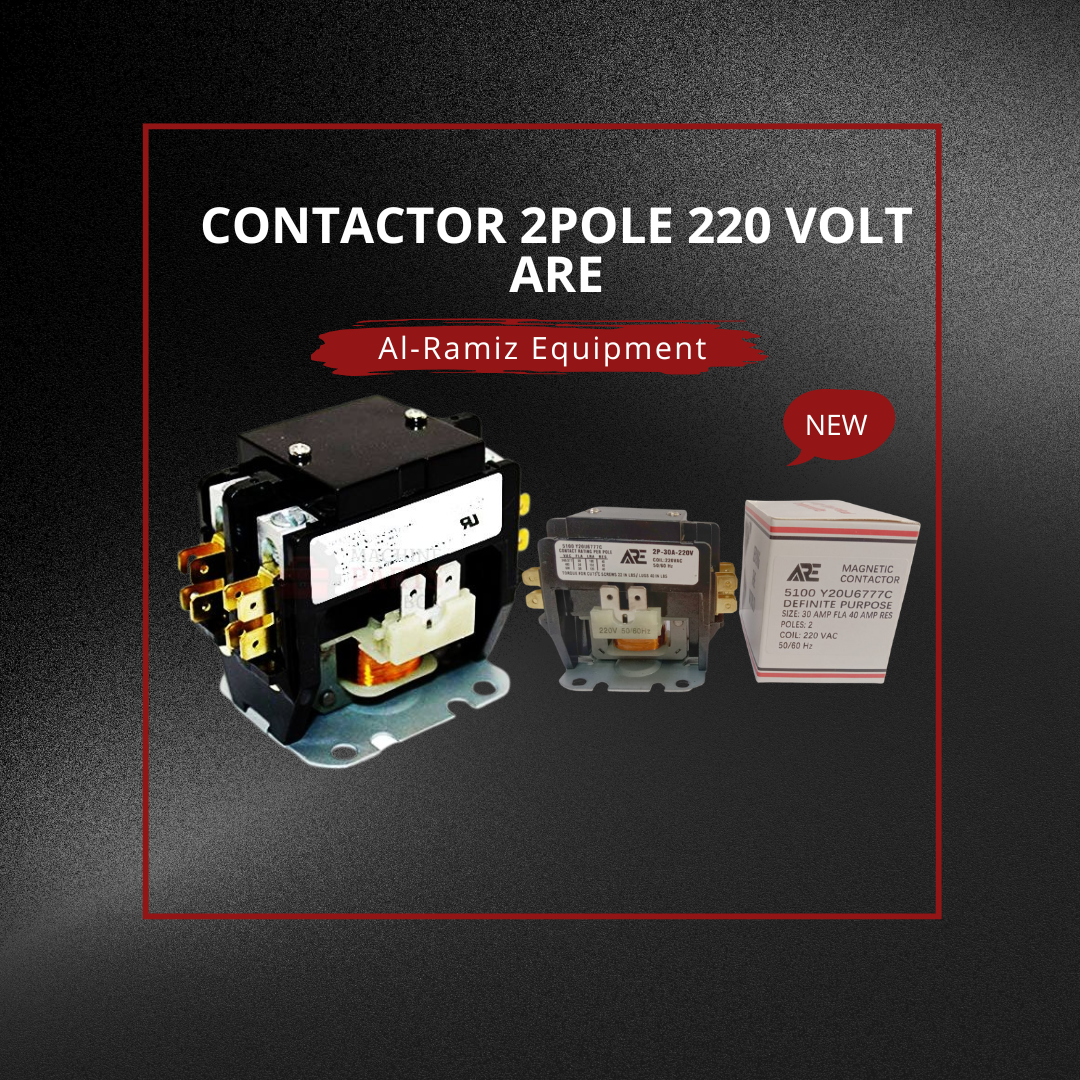Description
-
Two Poles: The “2-pole” part refers to the contactor having two separate contacts for switching. This allows it to control both live (hot) and neutral wires, providing a complete break in the circuit.
-
220V Rating: The 220-volt rating indicates the voltage the contactor is designed to operate with, typically used in regions that follow 220V standards (like Europe, parts of Asia, and Africa).
-
AC and DC Applications: Contactor types can differ based on whether they’re designed for alternating current (AC) or direct current (DC). Most 220V contactors are designed for AC applications.
-
Current Rating: Depending on the specific contactor, it can be designed to handle a range of currents (e.g., 10A, 20A, or 30A), meaning it can be chosen based on the size of the load it is controlling.
-
Coil Voltage: The coil of the contactor is powered by a control circuit, which energizes the coil to close the contacts. The control voltage typically matches the voltage of the circuit, which can be 220V or other voltages.
-
Safety and Durability: Contactors are built with safety features such as arc suppression to protect against electrical faults and ensure long-lasting reliability.




Reviews
There are no reviews yet.